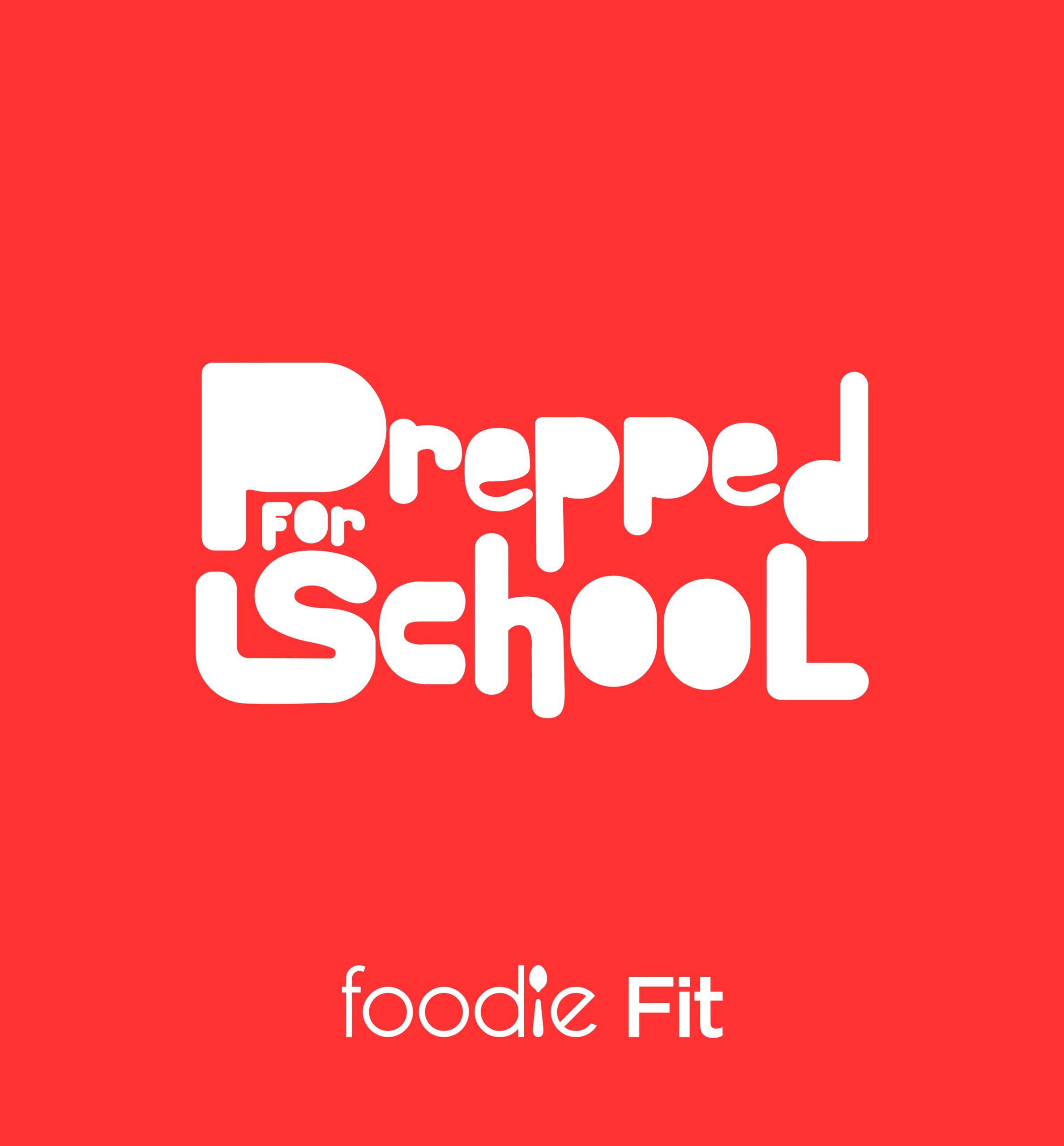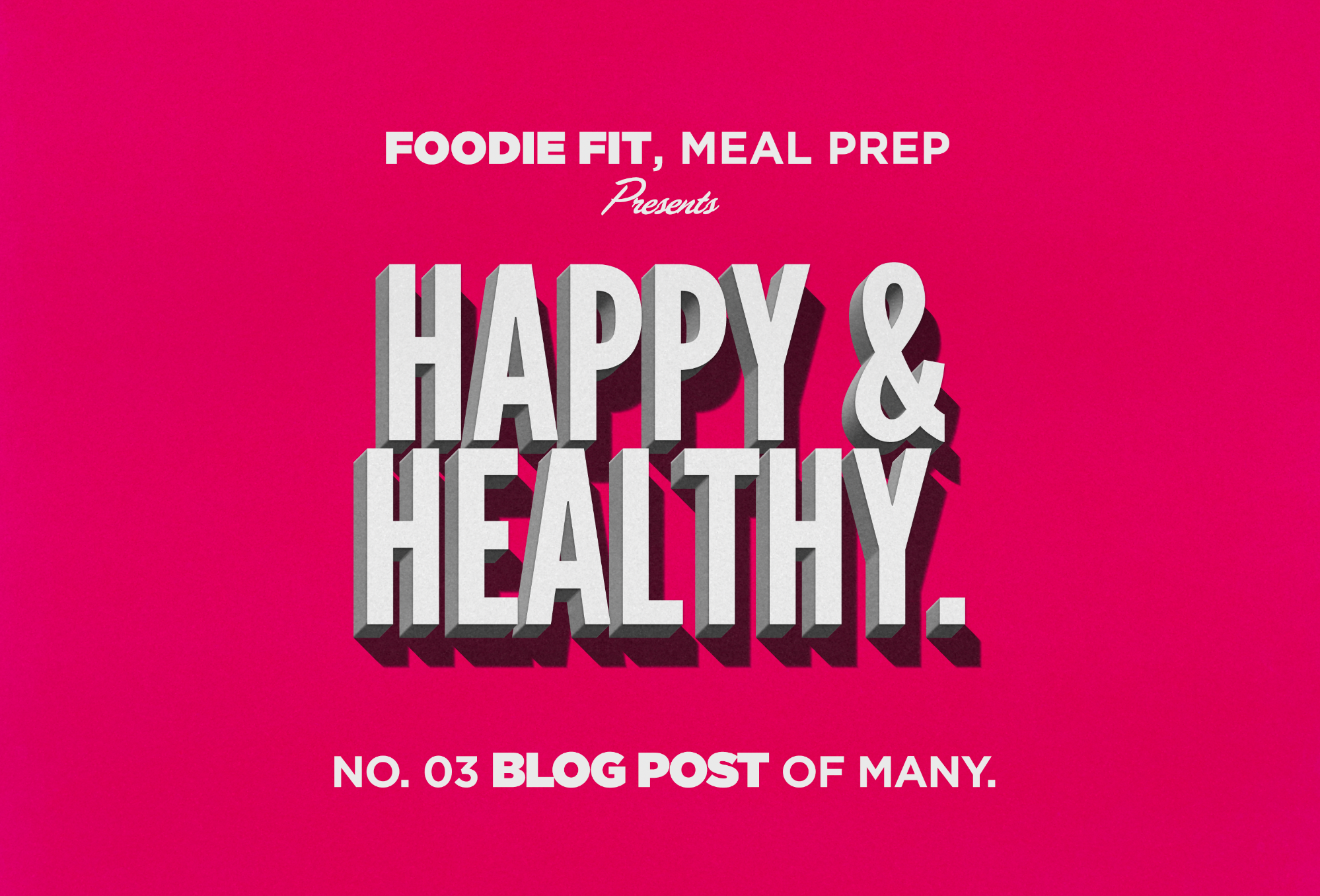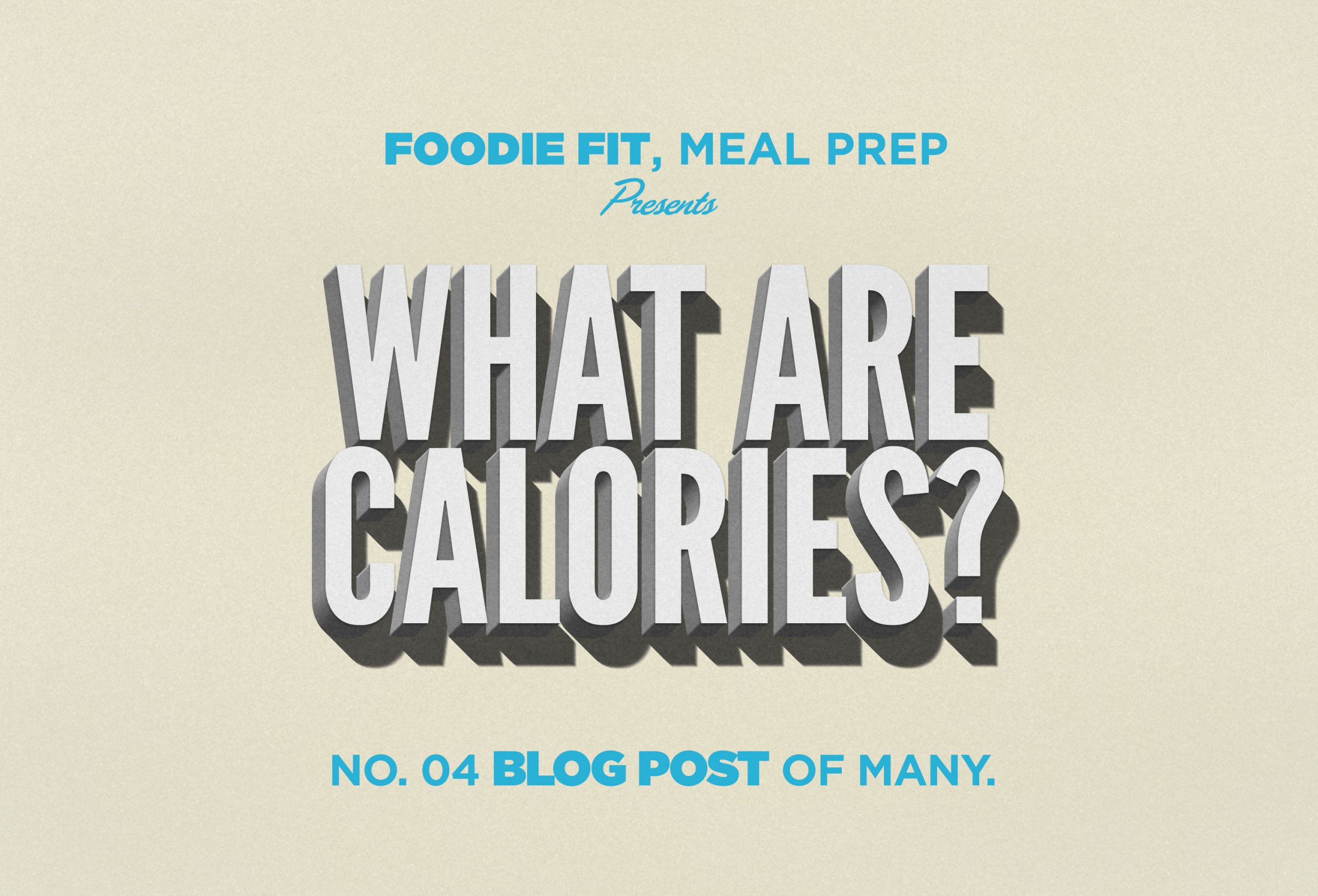Prepped for School: Empowering Young Minds with Love and Support
Introduction
Gather ’round, dear readers! The much-awaited season of giving and spreading joy has arrived and passed—our 6th annual “Prepped for School” event. We couldn’t be more thrilled to embark on this journey again, for it’s not just about school supplies; it’s about igniting a spark of hope in the hearts of young learners. Our mission was simple yet profound: to support Title 1 elementary schools in pursuing educational excellence, ensuring every student has the tools they need to conquer the world!
United by Love and Crowdfunding
At the heart of our cause lies the spirit of unity, the magic of crowdfunding, and the unwavering support from local business sponsors. Together, we form an unstoppable force that can change the trajectory of young lives. We understand the challenges that Title 1 schools face, and we’re determined to turn the tide in their favor. Through your generous contributions, we were able to give 1500 backpacks and supplies to make the upcoming school year a memorable one for all the young scholars we touch.
Gratitude to our Amazing Sponsors
None of this would be possible without our extraordinary sponsors, whose unwavering belief in our cause has been the wind beneath our wings. Let us take a moment to express our heartfelt gratitude to each one of them:
1. Michael Sheedy: Your support has been a driving force, lighting the path for countless young minds.
2. Peak Services: Your commitment to educational empowerment has had a profound impact on our cause.
3. Team Lee: Your dedication to nurturing a brighter future for children is truly awe-inspiring.
4. Awesomeness Foundation Fund: With a name like yours, it’s no wonder the children we help feel nothing short of incredible!
5. Paina Cafe: Your generous contributions have infused smiles and warmth into the lives of many.
6. Mondays Dark: Your passion for giving back has made Mondays not just bearable but also meaningful.
7. Unlokt: Your kindness has unlocked new opportunities for students to reach for the stars.
8. Connell Law: Your commitment to justice extends beyond courtrooms to shape young minds.
9. Nu World: Your belief in nurturing innovation has opened new horizons for budding talents.
10. Lotus of Siam: Your support has blossomed like a lotus, bringing hope and beauty to our cause.
11. Family Movers: Your dedication to helping families extends beyond physical spaces to create a brighter future for them.

Conclusion
Our goal this year was to ensure every child starts the school year with a backpack full of dreams, supported by love, and equipped with the tools they need to thrive. Let’s continue to spread the word, rally our friends and family, and come together to prepare these kids for school. With your help, we’ll paint a brighter future for them, one filled with endless possibilities and unwavering support. Together, we are a force to be reckoned with, and we can’t wait to see the smiles on those little faces as they embark on their educational journey, knowing that they are loved and supported.
Thank you, our amazing sponsors, for being the true champions of this cause. Your belief in our mission has transformed lives and sown seeds of hope in the hearts of many.
Let’s do this!




